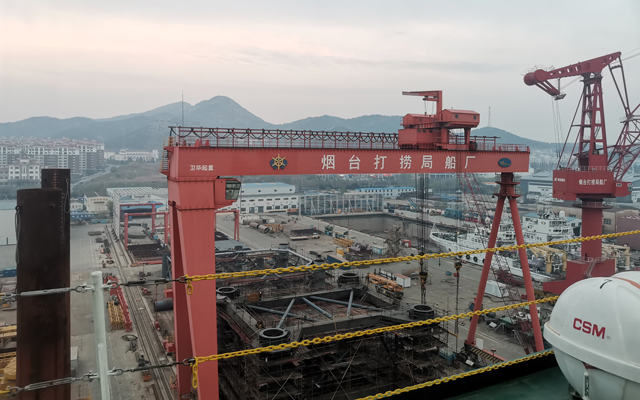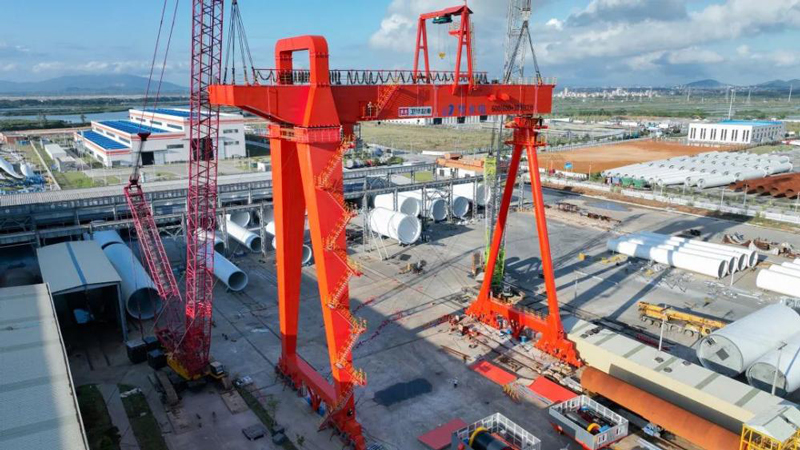
In the bustling world of logistics, construction, and heavy industry, few pieces of equipment are as pivotal and recognizable as the gantry crane. Often seen towering over shipping ports, skimming along shipyards, and within massive fabrication workshops, these cranes are the workhorses of modern infrastructure. But what exactly is a gantry crane used for? In essence, it is a crane built atop a gantry—a structure supported by uprights that travel on wheels or along a track or rail system—designed to lift and move extremely heavy loads with precision and efficiency.

Before diving into its uses, it’s helpful to understand its basic design. Unlike overhead bridge cranes that run on rails attached to a building’s structure, a gantry crane is typically supported by a freestanding framework that stands on the ground, often on wheels or tracks. This key feature gives it tremendous versatility. The main components include:
This self-supporting design allows gantry cranes to operate both indoors and outdoors without requiring a dedicated building for support, making them indispensable for a wide range of applications.

The fundamental purpose of a gantry crane is to provide a flexible and powerful solution for material handling. Its applications are vast and critical to global commerce and industry:
1. Shipping and Port Terminals (Container Handling):
This is perhaps the most iconic use of gantry cranes. Massive container cranes (a specific type of port gantry crane) are used to load and unload shipping containers from vessels onto trucks or trains. Their immense size and strength allow them to handle dozens of tons per lift, making them the backbone of international trade.
2. Manufacturing and Fabrication Workshops:
In factories, smaller workstation gantry cranes are used to move heavy raw materials (like steel plates, coils, or large machine parts) between workstations. They enable the precise positioning of components during assembly, welding, or machining, improving safety and production efficiency.
3. Construction and Infrastructure Projects:
Gantry cranes are deployed on construction sites to place heavy prefabricated elements like桥梁 segments (bridge segments), concrete panels, and large pipes. Their mobility allows them to cover a large area of a site, facilitating the rapid assembly of structures.
4. Shipbuilding and Repair:
In shipyards, large goliath gantry cranes (a type with especially high legs) are essential. They are used to lift massive sections of a ship’s hull, engines, and other heavy components into place during construction. Their wide span allows them to straddle an entire dry dock.
5. Rail Yards and Logistics Hubs:
Rail-mounted gantry cranes (RMGs) are used to stack and organize shipping containers in storage yards. They efficiently transfer containers between different modes of transport, from ship to rail car or truck, optimizing yard space and logistics flow.
6. Heavy Machinery Installation and Maintenance:
For industries like energy (e.g., nuclear or hydroelectric plants) and mining, gantry cranes are used to lift and position gigantic components like turbines, generators, and transformers for installation or scheduled maintenance.
7. Aerospace Industry:
The construction and maintenance of aircraft and spacecraft require the handling of large, delicate, and expensive components. Gantry cranes provide the controlled environment necessary for assembling wings, fuselages, and rocket sections.


From the massive structures that define our skylines to the goods that arrive from across the globe, gantry cranes play a silent but crucial role in shaping our modern world. They are not just tools for lifting; they are fundamental enablers of construction, manufacturing, and global supply chains. Their versatility, power, and efficiency make them an irreplaceable asset in heavy industry, answering the simple question of “what are they used for?” with a powerful response: “They build and move the world.”
Leave your Comment here